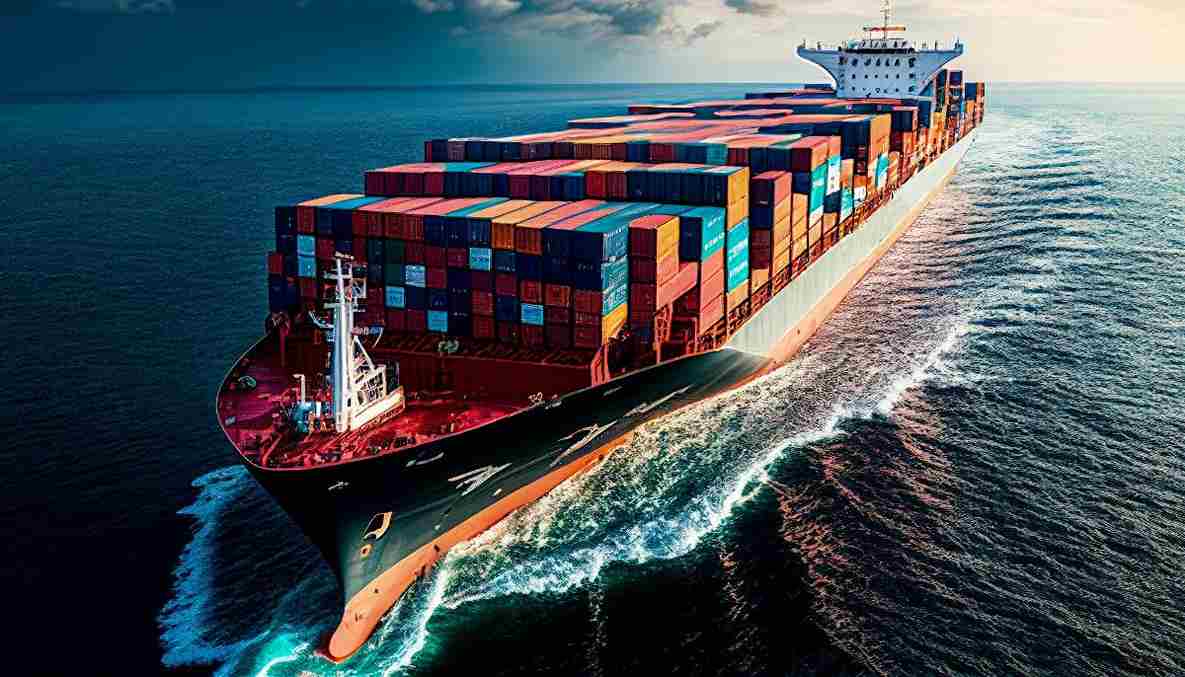
Container shipping is the transportation of goods using standardized containers. These containers are transported by sea, land, and air, making it a popular and cost-effective mode of transportation. It involves several stages, including packing, transportation, and delivery.
Container shipping has become an integral part of international trade. Therefore, businesses must be knowledgeable of this to make informed decisions. To guide you, here are the basics of container shipping:
Table of Contents
In shipping and logistics, containers are crucial for transporting goods across long distances. They come in various sizes, each with its own set of advantages and limitations. Choosing the correct container size for your shipment is critical to guarantee the efficient and safe transportation of your goods.
Here are the most common shipping container sizes:
10ft shipping container hire is available for shippers just starting out. These containers are the smallest available, making them highly portable and easily transported.
When choosing a container size, consider crucial factors, such as the size of your goods, the container’s weight capacity, and the costs.
Freight rates refer to the cost of transporting goods from one location to another. Several variables might affect them, including the mode of transportation, the distance, the sort of commodities being transported, and market demand. Understanding freight rates is crucial for businesses and individuals involved in shipping and logistics to make informed decisions about the cost and feasibility of transporting goods.
Air freight costs are sometimes the highest because of their ease and quickness. Ocean freight rates, on the other hand, tend to be more affordable but can take longer to transport goods. Rail and truck transportation rates fall somewhere in between, depending on the distance travelled and the type of cargo being transported.
Shipping containers are standardized containers used for the intermodal transport of goods. They have significantly influenced international trade and changed the logistics sector. These containers come in different types, each designed to cater to specific cargo requirements.
Choosing the appropriate shipping container type is crucial in ensuring your goods are transported efficiently and safely.
Different shipping regulations govern the transportation of goods by sea. These laws, guidelines, and rules facilitate international trade and ensure crew, vessel, and environmental safety.
Generally, rules are consistent across different countries and regions, and compliance is crucial to avoid penalties, legal action, or even loss of life. The consequences of non-compliance with shipping regulations can be severe. Penalties can range from fines to imprisonment, and non-compliant ships can be detained, banned from operating in specific ports, or even sunk.
Customs clearance is a vital step in the container shipping process. This typically involves four key measures, including the preparation of documentation, submission of documents, payment of fees, and customs inspection. These procedures guarantee adherence to the origin or destination country’s customs regulations and are crucial to international trade.
Container shipping is an efficient mode of transportation for businesses. Knowing the basic facts about container shipping is vital for companies to avoid costly mistakes. So, remember the basics above to make the right decisions and ensure your containers arrive at their destination safely and securely.
London is a cultural mosaic with great history and indulgence, so how can it be…
Are you searching for the best place to shop for Indian sarees in London? London…
Small businesses often find it difficult to navigate the UK banking landscape. There are so…
In the complex world of property finance, mortgage advisors are indispensable allies for anyone looking…
In the fast-paced world of the digital age, marketers often search for the next "big…
If you are a newly self-employed entrepreneur or freelancer, then chances are you’ve not even…